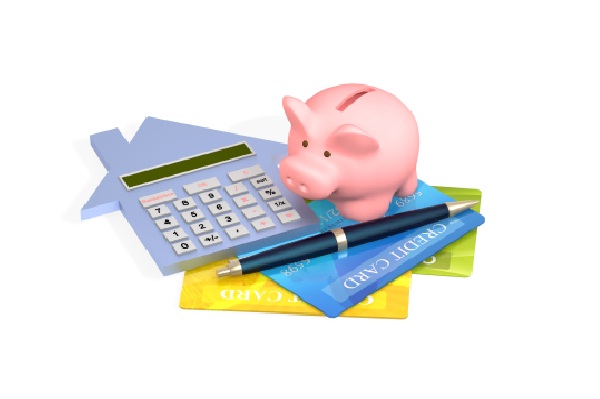Three causes there gained't be considered a 2021 housing industry crash

Figuring Out Charge card Formulas and Why it May Help It will save you A lot of money! – Credit Sesame

Ever wonder how minimum credit card payments are computed or if a balance transfer is actually worthwhile? The answers often seem kept in complicated mathematical computations similar to senior high school trigonometry. That's unfortunate since understanding what your monthly minimum payment before you splurge on a new purchase or open a new credit card can be the distinction between landing in financial warm water and being able to make ends meet.
Since few individuals are wanting to head back towards the hallowed halls of high school, here's how to easily compute what your minimum payments might be and whether an account balance transfer offer is worth it.
Calculating Your Minimum Balance
Your minimum payment due on a credit card may be the least amount you must pay by your credit card's specified due date. The precise quantity of any minimum payment is a moving target since it is according to your unpaid balance in the close of your billing cycle. The larger balance, the higher your minimum monthly payment.
If you fail to make the minimum payment punctually -even if you are one day late-your charge card issuer will likely assess a late fee in the neighborhood of $35. Additionally, you will incur interest on the unpaid amount.
Miss a payment altogether (or make one Thirty days late) and the charge card issuer will report your missed payment towards the credit bureaus. For someone with higher credit this may cause a severe hit to your score, which will vary depending on your overall credit quality. When you pay off the account, assuming you need to do so, you’ll return some but not all the points. Should you allow the account to go 90 days past due, FICO will take into account that to become a major delinquency and also the damage escalates.
Remember, delinquencies remain on your report for Many years, so even minor mess-ups might have big consequences.
Let's say you open a brand new charge card that carries an APR of 18 percent having a $1,500 purchase. As Credit Sesame contributing credit expert John Ulzheimer says, “A minimum payment due is generally between two and five percent from the outstanding balance.”
Here's how that formula works if you have an opening balance of $1,500 on the card with 18 percent APR:
(1,500 balance x 18% APR = $1,770) x 2% = $35 minimum payment.
However the Office from the Comptroller, underneath the U.S. Department of Treasury, issued a formula for calculating the minimum monthly payment that lots of credit card issuers now depend on to be able to minimize the risk they won't get paid entirely for the balance. This formula significantly increases the size the absolute minimum payment.
Here's how the Office from the Comptroller's formula works for those who have a balance of $1,500 with 18 percent APR:
(account balance x APR) + (account balance x 1 percent) + (any applicable transaction fees. For this example no fees will be included) = (minimum payment per month).
The equation would be: 270 + 15 + 0 = $285 due that month.
Balance Transfers
Credit card interest is very costly to hold due to the APR or interest rates you're likely to pay. If you’re carrying any balance and paying interest you should a minimum of consider a balance transfer opportunity offered you.
The formula for vetting balance transfer offers is quite simple and hinges on APRs.
A good deal: The introductory APR offered is lower compared to one you're currently paying, but the normal APR increases to what you're currently paying following the introductory period expires. This can save you some money for the short term on interest that you can put toward the balance.
A better deal: The annual percentage rate offered is gloomier than you're currently paying And thus may be the rate offered following the introductory period expires.
The cheapest price: The APR offered is 0% introductory APR on balance transfers, 0% introductory APR on new purchases, and there's no balance transfer fee. This is actually the trifecta needed to maximize an account balance transfer and knock down credit card debt.





